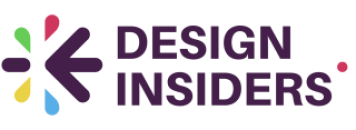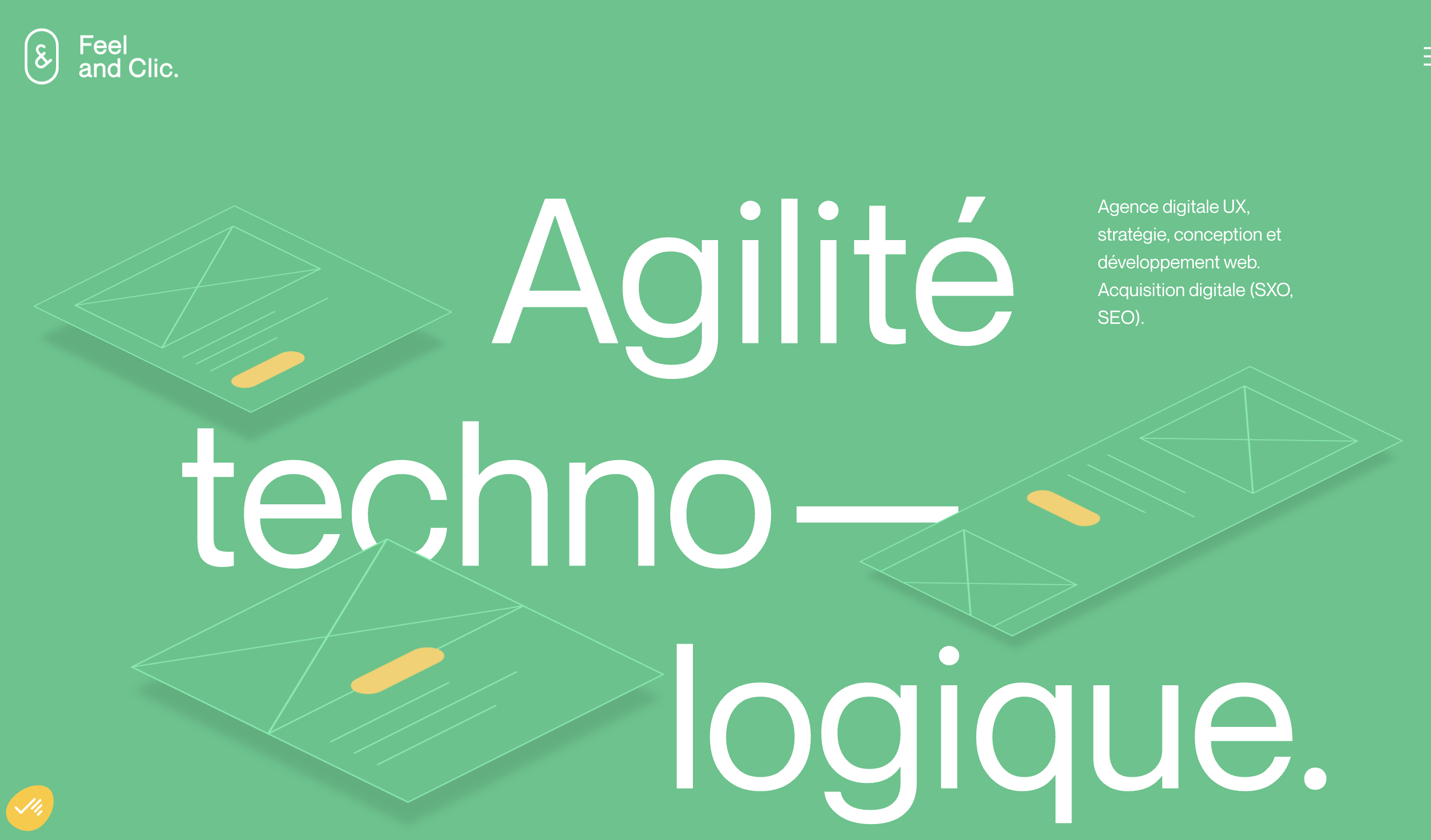
Understanding User-Centric Design
Prioritizing the User: The Heart of Web Design
To craft a compelling website, adopting a user-centric approach is essential. This entails placing the needs and preferences of users at the forefront of the design process. By doing so, businesses can create a website that not only looks appealing but also functions seamlessly across different devices and platforms, enhancing user engagement.
Understanding your target audience is crucial for effective website design. Consider what your users might be looking for and how they interact with your site. Analyzing user behavior will guide design elements, ensuring that they align with your brand's goals and the expectations of your audience. This not only boosts user engagement but also improves the overall user experience, leading to lower bounce rates and higher conversion rates.
Incorporating elements such as intuitive navigation, clear calls to action, and white space enhances the overall experience and ensures the site remains accessible and user-friendly. It's important to remember that design is not just about aesthetics; functionality plays a significant role in user engagement and retaining visitors.
Additionally, focusing on elements such as visual hierarchy and responsive design—discussed in the following sections—further refines the user experience. These design best practices ensure that your site remains relevant and effective in an ever-evolving digital marketing landscape. For more in-depth insights on enhancing user experience, consider checking out this resource on local search design strategies.
The Role of Visual Hierarchy
The Essence of Structured Visual Presentation
Visual hierarchy is a fundamental aspect of website design that plays a critical role in guiding users through your site’s content. By prioritizing information visually, design elements can naturally lead users to the most significant parts of your website. Whether your goal is to boost engagement rate, lower bounce rate, or improve conversion rates, understanding the nuances of visual structuring will support these objectives.
At its core, visual hierarchy involves the strategic placement and styling of design components such as images, text, and buttons to signal importance to users. This technique can significantly impact how your website design communicates your brand’s key messages and drives engagement.
Key Elements to Consider:
- Size and Scale: Larger elements naturally attract attention first, making it essential for primary content or calls to action to stand out visually.
- Color and Contrast: Effective use of color not only reflects your brand identity but also enhances readability and draws focus to vital areas. Contrast is especially important for elements you want users to interact with, such as buttons and links.
- Typography: The choice of fonts, their size, and weight must align with your brand’s tone while ensuring readability. Subtle typographic styles can emphasize content priority and improve user experience.
- Whitespace: Also known as negative space, this essential design principle can drastically affect the viewer’s journey by allowing eyes to rest and focus on core messages without distraction.
- Symmetry and Balance: Aesthetic balance through symmetrical or asymmetrical layouts can create a more coherent and visually pleasing site, reflecting best practices in design.
When these elements come together in harmony, the overall user interface becomes more intuitive, encouraging users to navigate through your site with ease, maximizing their engagement time. Employing structured visual presentation ensures your website aligns with your target audience’s needs while reinforcing your digital marketing strategy, potentially boosting your site's performance in search engines, including SEO implications.
Responsive Design for Diverse Devices
Adaptive Design for a Seamless Experience
In today’s digital landscape, ensuring that your website adapts perfectly to all types of devices is crucial. Users interact with your brand through a variety of platforms, including desktops, tablets, and mobile phones. This diverse device interaction highlights the need for responsive design, a web design practice that automatically reconfigures site elements for optimal viewing across different screen sizes.
Implementing responsive design involves strategic planning and coding so that the website fluidly adjusts its layout and the user experience remains consistent, regardless of how the content is accessed. This flexibility is vital not just for a better user experience, but also to improve SEO since search engines prioritize mobile-friendly sites.
An engaging website ensures all visual elements, such as images and text, resize correctly and remain appealing. Managing white space effectively is part of this process. By avoiding clutter and focusing on clean, organized design, businesses can guide the user’s journey more smoothly and potentially increase conversion rates and decrease the bounce rate.
Additionally, embracing a dark mode option can enhance user satisfaction and prolong engagement time. With growing popularity in dark theme interfaces, users often find this mode easier on the eyes, especially during longer sessions or in low-light environments.
Creating an inclusive user experience design by taking into account these adaptive strategies will help brands not only meet the diverse expectations of their target audience but also stay ahead in the competitive digital marketing space.
Optimizing Load Times for Better Engagement
Speed: A Key Factor for User Retention
In the realm of web design, optimizing load times is critical in boosting user engagement. When users access a website, the time it takes for pages to load can significantly influence their overall experience. Slow load times not only frustrate visitors but also increase the bounce rate, ultimately leading to a potential drop in conversion rates.
Search engines prioritize fast-loading sites for better SEO rankings. Ensuring that website design takes into account load speed contributes to maintaining and increasing user engagement, which aligns with your digital marketing goals. Faster load times not only enhance the user experience but also signify a well-optimized site to search engines.
Strategies for Speed Optimization
- Image Optimization: Use modern formats like WebP and ensure images are appropriately compressed without sacrificing quality. Incorporating responsive images for mobile devices can also help.
- Minimize HTTP Requests: Reducing the number of elements on a page that require HTTP requests can dramatically enhance load speed. Ensure that scripts and styles are minimized and efficiently bundled.
- Utilize Browser Caching: Making the most of browser caching allows your site to temporarily store data, reducing load times for repeated visits by your target audience.
- Choose a Reliable Hosting Provider: Quality hosting services can drastically improve your site's speed and its ability to handle spikes in traffic.
Engagement on your web platform is directly tied to the speed at which users can interact with your brand. By adopting these best practices, businesses can improve user satisfaction, contributing to a higher engagement rate and fostering long-term visitor retention.















